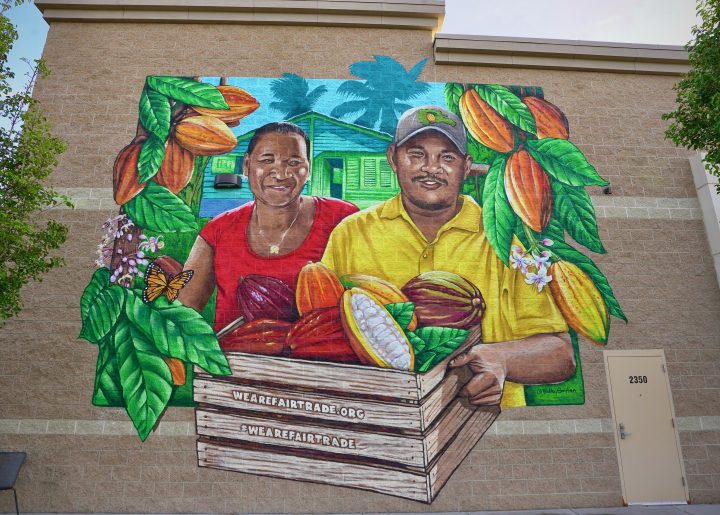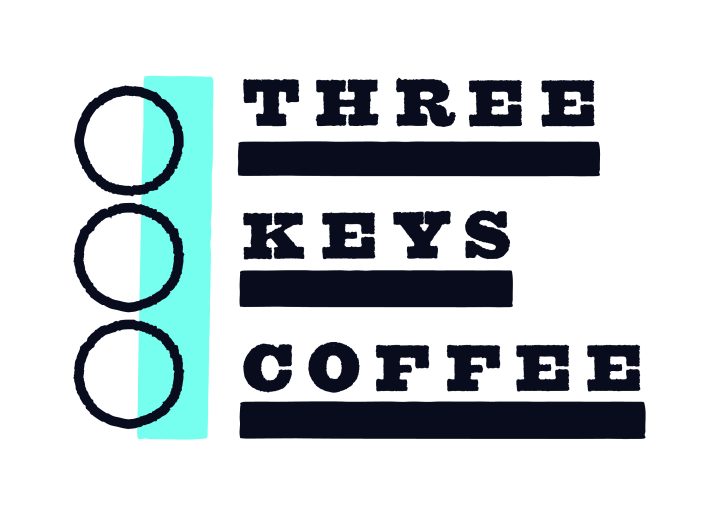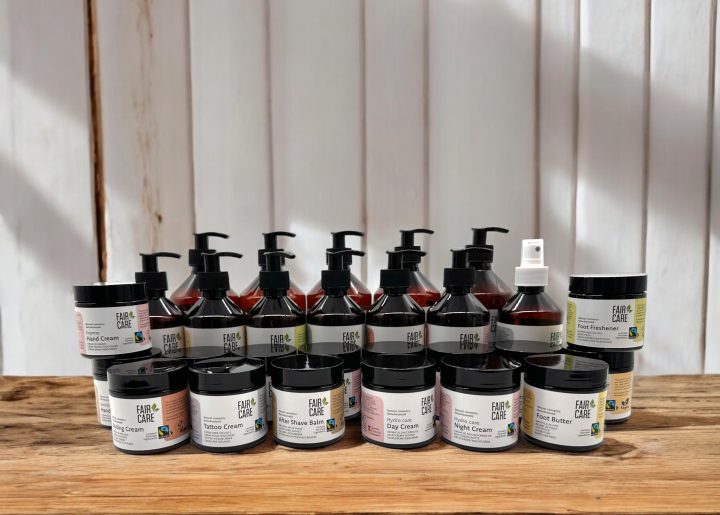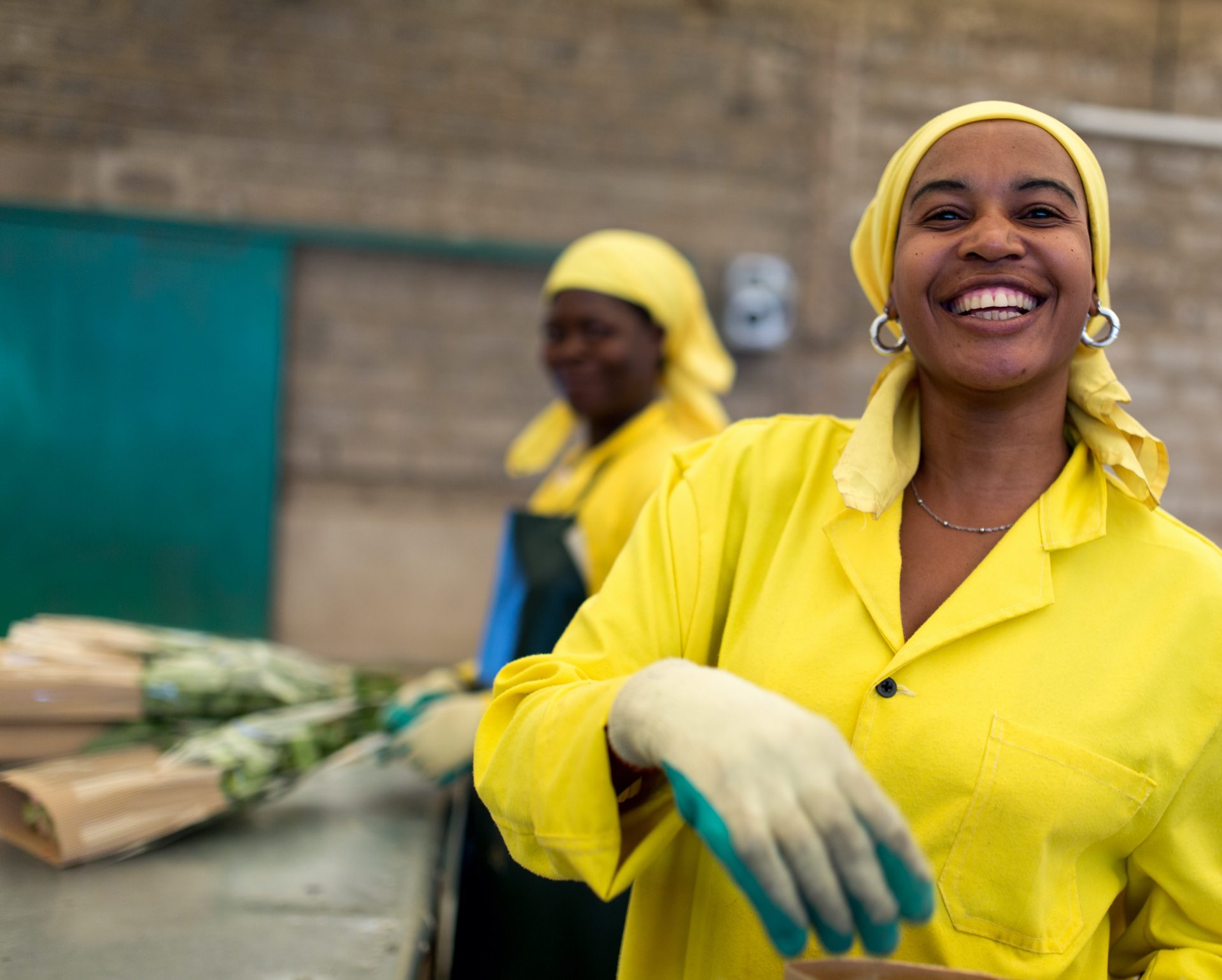10 Fairtrade Sugar Facts to Satisfy Your Sweet Tooth
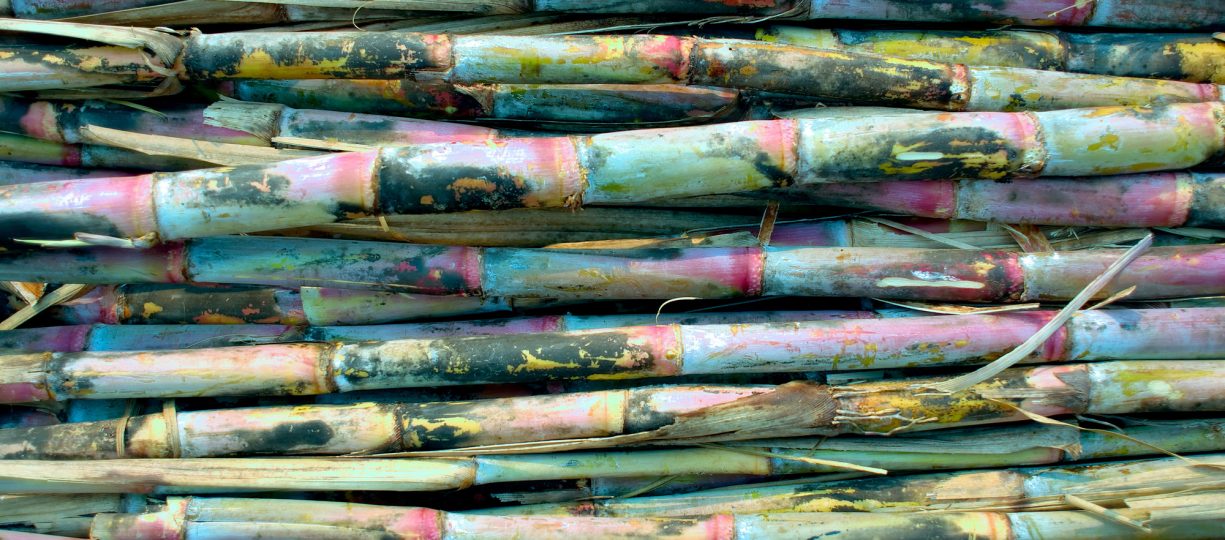
Did you know June is National Candy Month? While candy and sweets can get a bad reputation for their sugar content, there’s no denying that we all like to indulge in a sweet treat every once in a while. If you’re going to moderate your sugar intake, might we suggest thinking about the impact your favorite candy has on the environment and other people as well as your own body? Here are ten facts about sugar for you to ponder before your afternoon snack break.
- Sugar cane is a tall, bamboo-like grass that grows to a height of up to 20 feet in mostly tropical countries. It can be harvested 12-18 months after planting and cut for up to seven years before replanting is needed.
- Globally, about 175 million tons of sugar are produced each year. 80% of that comes from sugar cane (with sugar beets in second place), which is mostly grown by small-scale sugar farmers in least developed and developing countries in the tropics.
- In Fairtrade, there are 62,700 sugar farmers organized into 101 certified organizations.
- The top five producing countries for Fairtrade sugar are Fiji, Belize, Paraguay, Mauritius and Jamaica. Overall, there are 19 countries in which farmers produce Fairtrade certified sugar.
- Farmers sold 219,700 metric tons of sugar on Fairtrade terms in 2013-2014, for which they received $11.4 million in Fairtrade Premium funds over and above the price paid for the sugar. But they have much more that they didn’t sell as Fairtrade. Looking to source ethical sugar? Get certified!
- Fairtrade farmers grow organic (23 percent) and non-organic (77 percent) sugar cane. From 2012-13 to 2013-14, organic Fairtrade sugar production grew by 14 percent. In the same period non-organic production increased by 2 percent.
- Speaking of organic, did you know that Paraguay is the largest producer of organic sugar in the world? In 2014, the Manduvira Cooperative, a Fairtrade certified sugar producer there, cut the ribbon for the world’s first Fairtrade organic sugar mill owned and operated by the producers themselves.
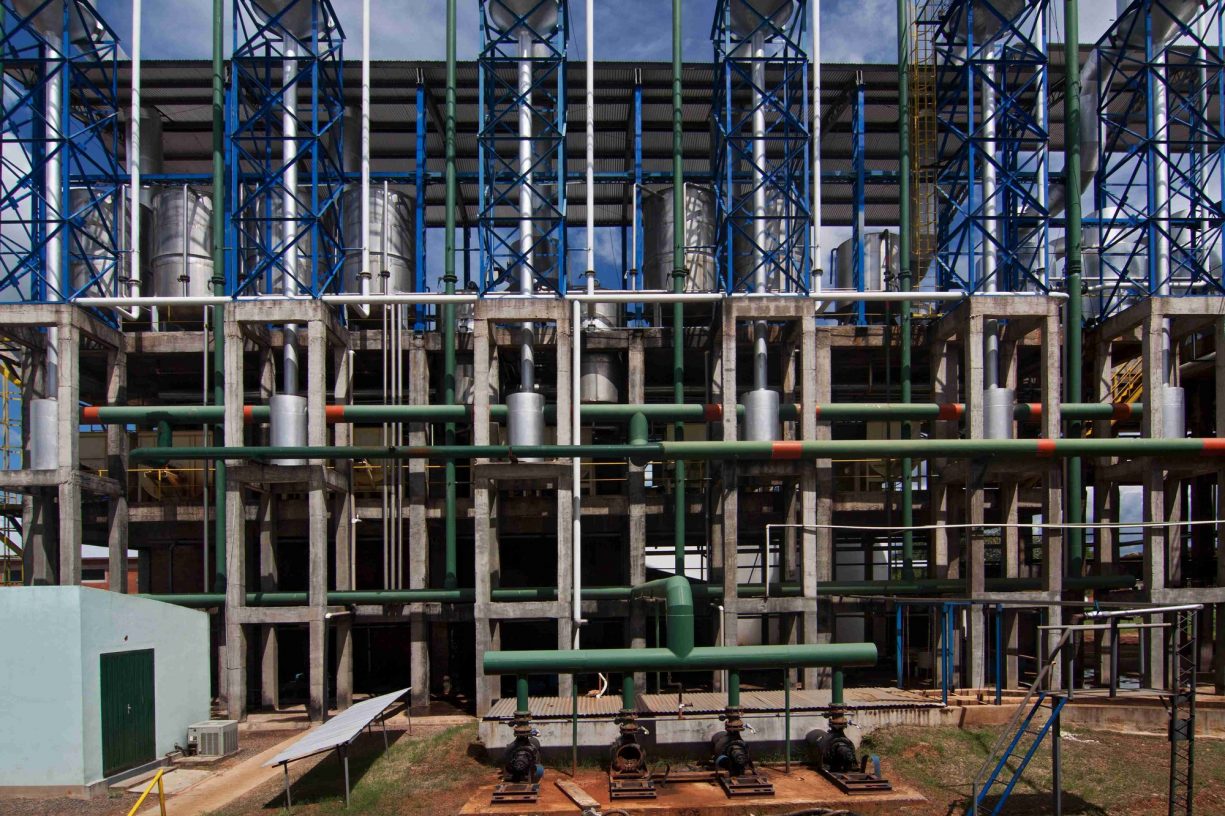
9. Sugar cane farmers benefit from a Fairtrade Premium of $60 per ton of sugar, and $80 per ton of organic sugar, sold on Fairtrade terms. Producer organizations democratically decide how to use this money to foster change in their communities and businesses. Sugar farmers elected to put more than half of this money toward improving their businesses, a quarter was given to farmers as direct payments, and 7% went to community improvements.
10. Unlike other Fairtrade products, there is no Fairtrade Minimum Price for sugar cane, because price setting mechanisms in the sugar market are highly complex and often distorted. However, most farmer organizations benefit from revenue sharing systems with the sugar mills that process their sugar cane into brown and raw sugar.
11. The Belize Sugar Cane Farmers’ Association has made tremendous progress in the fight against child labor enlisting the help of the entire community and outside support. Their work has even led to changes on a national level in the country. Read the full story here.
Seeking an ethically-produced candy choice? Check out our full list of Fairtrade certified products.
Topics
We’re in this together
Fairtrade America partners with brands on the journey to certification and beyond. We can help with everything from finding a certified supply chain to marketing your newly certified product.
Get in Touch


